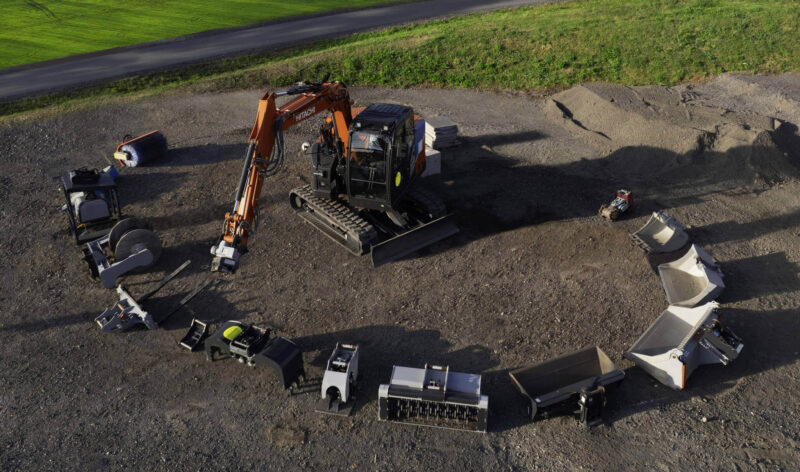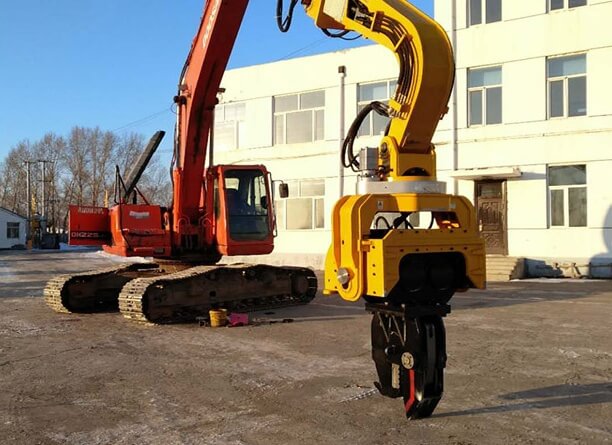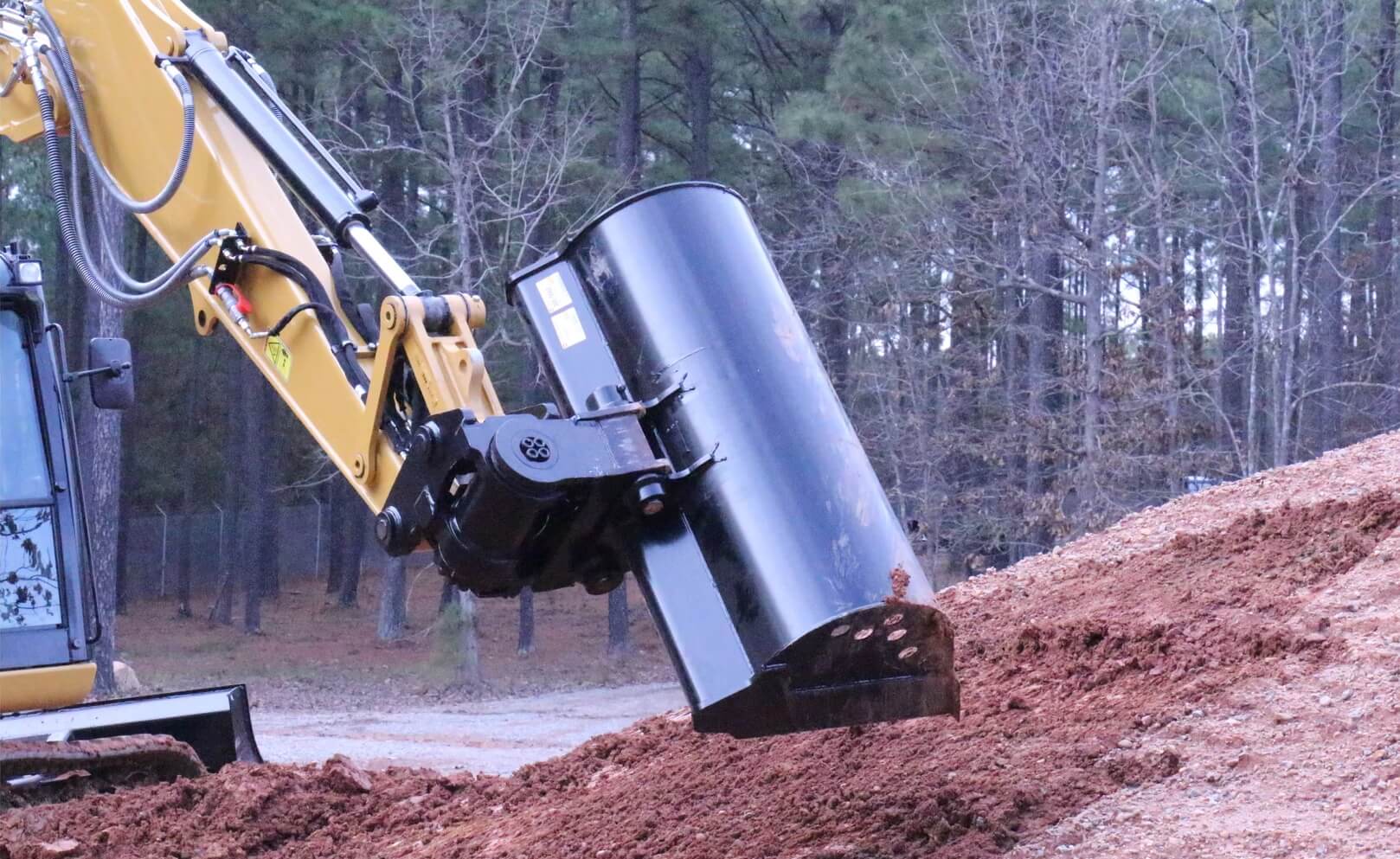Excavators, traditionally seen on construction sites, have evolved into versatile tools capable of performing a multitude of tasks beyond simple excavation. Thanks to a wide array of attachments, these machines can now engage in activities ranging from forestry to farming, challenging the traditional domain of specialized agricultural machinery. This article delves into the various types of excavator attachments, explores their advantages, and compares their effectiveness against conventional agricultural machines.
Understanding Excavator Attachments
- Buckets:From digging to grading, buckets are perhaps the most common excavator attachments. They are available in different configurations for specific tasks, such as V-shaped buckets for trenching and wide buckets for grading.
- Augers:These attachments are vital for drilling, making them useful in both construction and agricultural applications like planting trees or installing fence posts.
- Rippers:Particularly useful in agriculture, rippers can break up hard or compacted soil, making it easier for planting.
- Thumbs:These are used to pick up and move large items, such as logs and stones, much like a human thumb and fingers.
- Brush cutters:These attachments are used for clearing land of underbrush and small trees. They are especially handy in managing overgrown agricultural fields.
- Pallet forks:Often seen in industrial settings, pallet forks can be used in agriculture for moving bagged or boxed materials.
Advantages of Excavator Attachments in Agriculture
- Versatility:One excavator can perform multiple tasks with different attachments, from digging irrigation channels with a bucket to installing fence posts with an auger. This reduces the need for multiple specialized machines on small to medium-sized farms.
- Efficiency:Attachments like rippers and augers increase the efficiency of soil preparation and drilling tasks, often performing faster and with greater precision than traditional methods.
- Cost-effectiveness:Investing in a single excavator with multiple attachments can be more economical over the long term compared to purchasing several specialized agricultural machines.
- Compact Design:Smaller excavators with attachments can operate in confined or hard-to-reach areas, which is particularly beneficial in orchards or vineyards where space between rows is limited.
- Ease of Use:Modern excavators with quick coupler systems allow for rapid changes of attachments, reducing downtime between different farming tasks.
Disadvantages When Compared to Specialized Agricultural Machines
- Performance in Specialized Tasks:While versatile, excavators are generally less efficient at specific agricultural tasks compared to specialized machinery. For example, a dedicated combine harvester performs much more efficiently during harvest than an excavator with a cutting attachment.
- Initial and Ongoing Costs:High-quality excavator attachments can be expensive, and maintaining a fleet of attachments along with the excavator can be costlier than maintaining a specialized agricultural machine.
- Complexity and Training:Operating an excavator with various attachments requires skilled operators who understand how to switch between and effectively use different attachments, potentially increasing training costs.
- Size and Mobility:Larger excavators might not be as maneuverable in smaller farm spaces compared to smaller, specialized agricultural equipment.
Comparative Analysis with Agricultural Machines
- Versus Tractors:Tractors are the workhorses of modern agriculture, designed to perform a variety of tasks with attachments such as plows, mowers, and loaders. While tractors are generally more suited to most agricultural tasks due to their design and power distribution, excavators offer superior depth and precision in digging-related tasks.
- Versus Specialized Harvesting Machinery:Machines like combine harvesters are designed specifically for crop harvesting. They are much more efficient at this task than excavators equipped with harvesting attachments. Excavators can, however, be used for pre-harvest tasks such as land clearing and preparation.
- Versus Skid Steer Loaders:Skid steer loaders are highly maneuverable and can be used with various attachments similar to excavators. They are typically better suited for smaller tasks where agility is key, though excavators have a greater reach and can handle heavier loads.
Conclusion
Excavator attachments significantly enhance the versatility and functionality of these machines, making them a viable option for certain agricultural tasks. While they cannot replace specialized agricultural machinery in all aspects, they provide a flexible and cost-effective solution for many farming needs, especially on smaller or diversified farms. As technology advances, the gap between these machines may narrow further, increasing the utility and efficiency of excavators in agriculture. However, for now, the choice between excavator attachments and traditional agricultural machinery will largely depend on specific task requirements, scale of operation, and budget constraints.







Leave A Comment